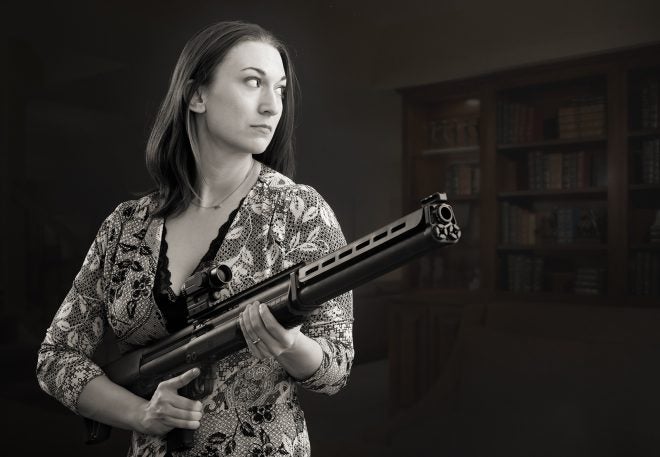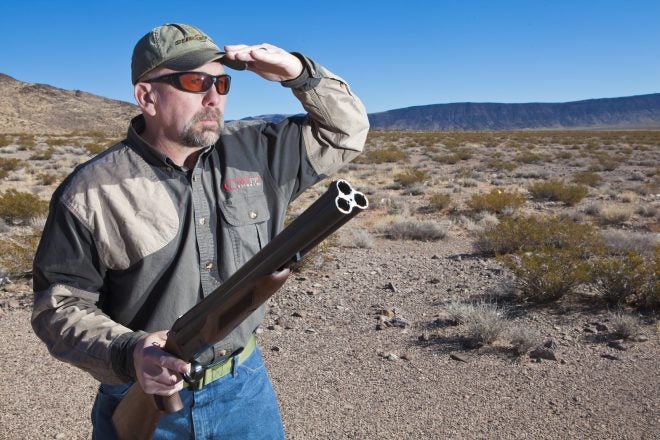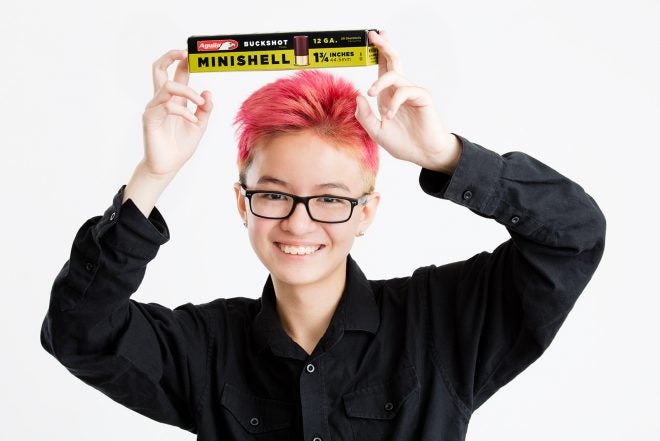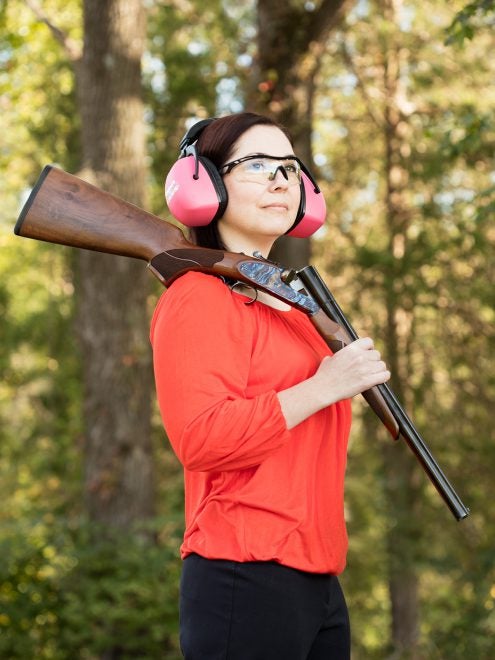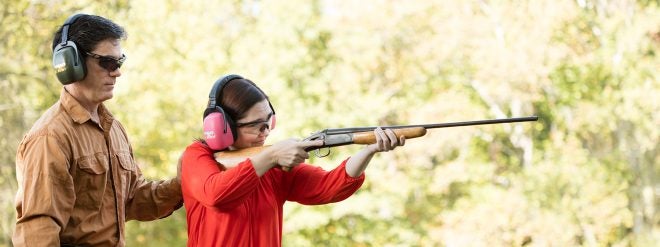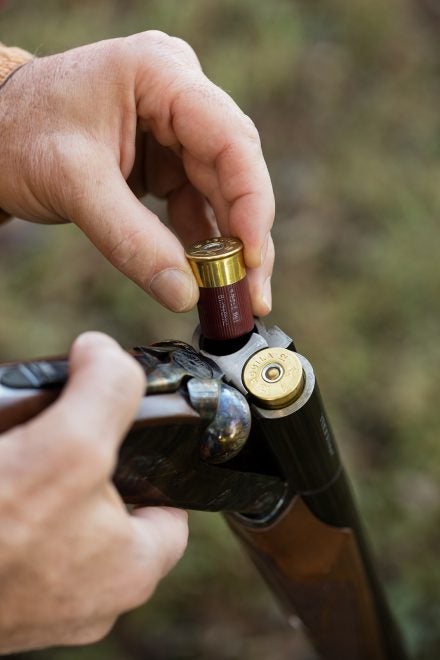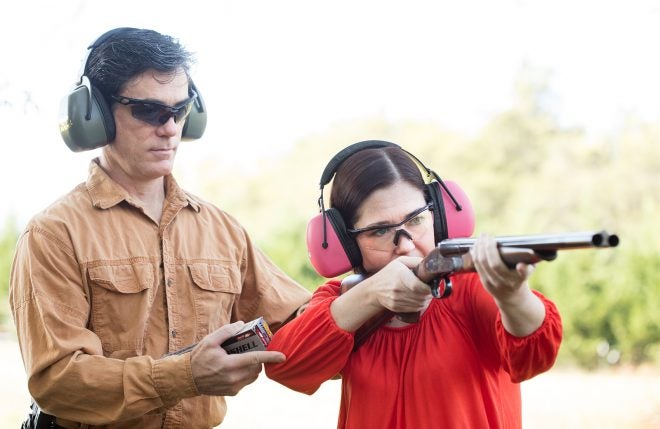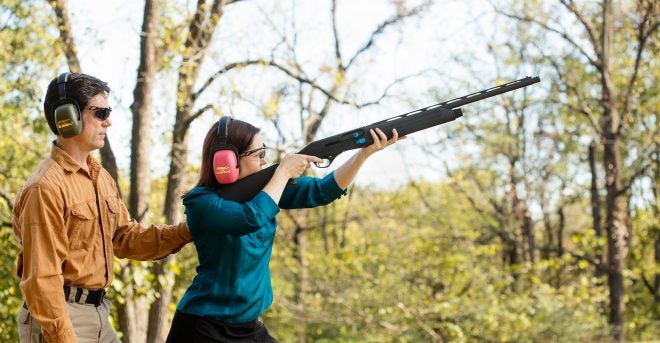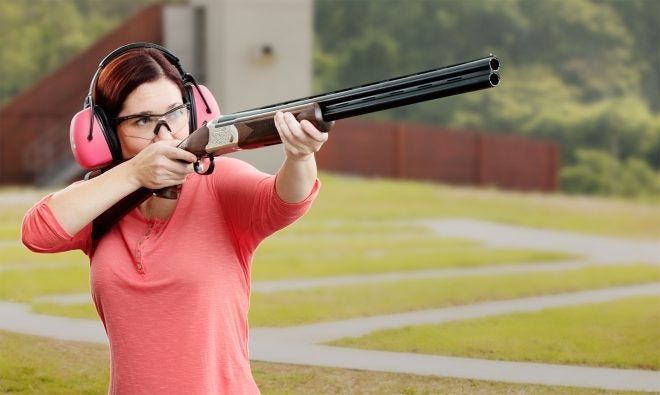Is the 12 Gauge the New 410?
Oleg Volk 10.23.17
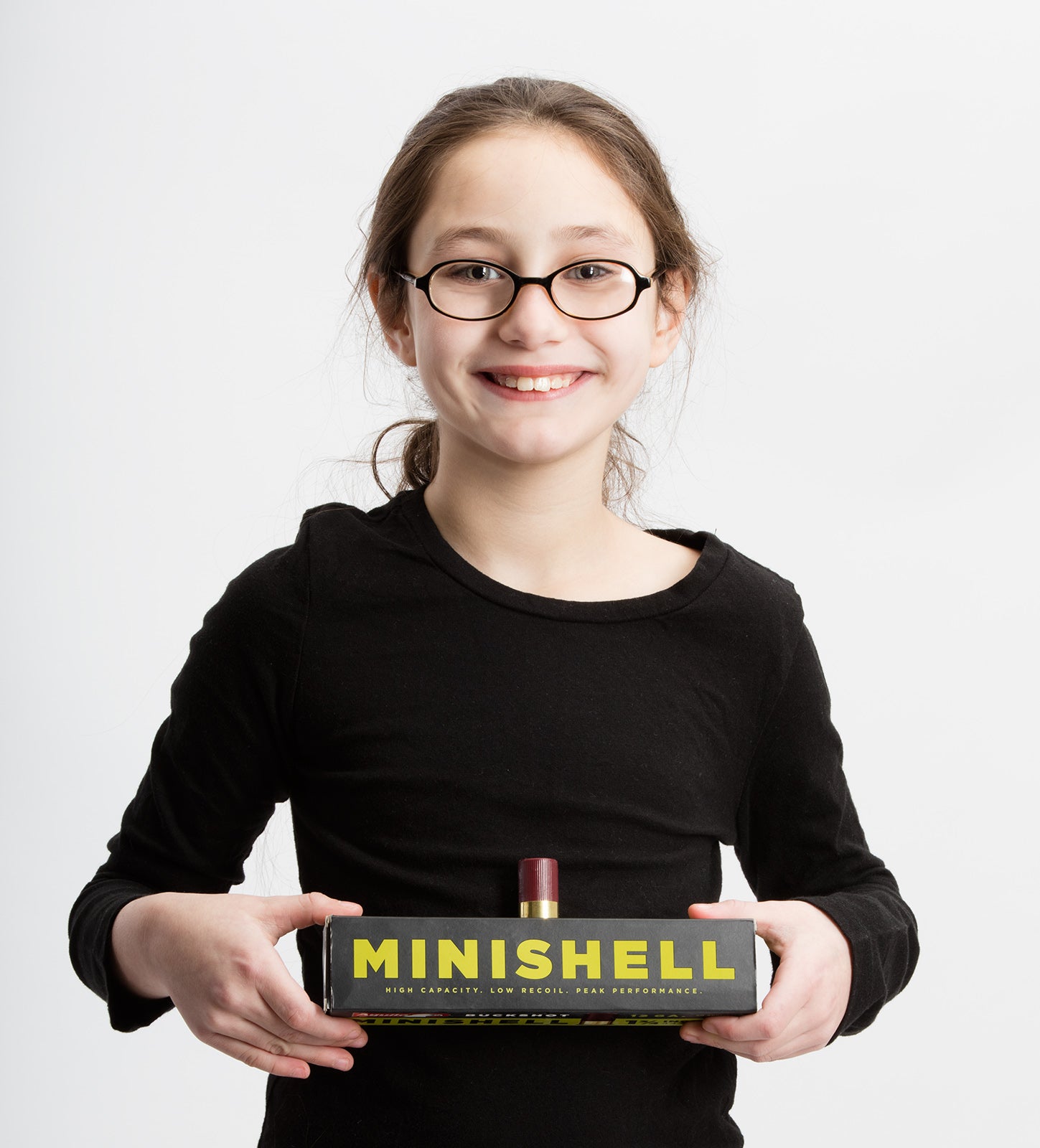
410-bore shotshells used to be quite popular for foraging, but they fell out of favor as sporting use came to dominate shotgunning. The weight of a shotgun counts less in mostly-stationary clay games, and the weight of the shot load matters more for 3-gun competition and bird hunting.
But 12 gauge, with its attendant recoil and noise, isn’t the ideal beginner load. 20 gauge comes closer. And yet 410, especially in the 2.5″ chambering, is lighter and easier on the youth shooter. Pity that used 410 shotguns command a premium now, as does the ammunition. What if the same 12 gauge shotgun could be used with low-power ammunition for training–and later, with full-power loads, for gun games and the hunt?
Autoloading shotguns won’t cycle such ammunition, but KSG and KSG25 pump guns do, the latter holding 40 of them in its two magazines. Standard Winchester 1300 shotguns work great. Mossberg 500 and 590 shotguns also work with them, more reliably with the addition of a small loading port accessory. The ideal guns for Aguila Mini Shells are the simple break-open models in single-, double-, or triple-barrel. The Chiappa Triple Threat shotgun is an absolute delight to shoot with these, being essentially recoilless and fairly quiet.
The mini shells are available with slug, mixed #1 and #4 buckshot, and #7.5 birdshot loads. For training, the birdshot proved the most useful. The other two loads are fun but the slug has limited accuracy due to long freebore (the “jump” it has to make to get from the short shell to the shotgun’s barrel), and the mixed buckshot separates into two groups by weight past about ten yards.
Why use it instead of 410? The 5/8-ounce shot weight of the short 12 gauge is 1/16-ounce less than 3″ 410 holds and 1/16-ounce more than a 2.5″ 410 load. Since 12 gauge guns are heavier and have wider recoil pads, felt recoil is significantly less with 12 gauge mini shells than with3″ 410 shotshells, and the 12 gauge shot patterns are also better.
Below, cylinder and full choke barrels of a Tedna side-by-side 12 gauge are compared to the full choke of the 410, all at 12 yards. The smaller 12 gauge pellet swarm comes out in a much shorter column, with less pellet deformation. Importantly for hitting aerial targets, the patterns is denser — and pellets arrive to intersect with clays or birds more simultaneously.
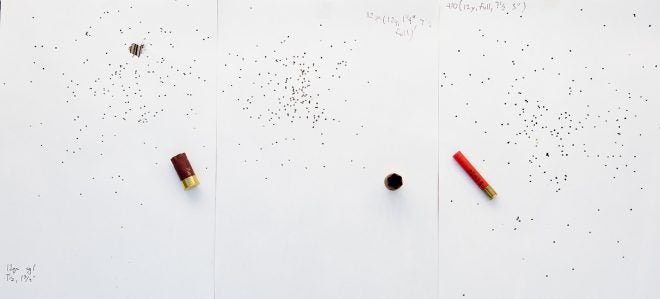
410 shotguns tend to give good accuracy with Foster slugs, but shot loads often produce erratic patterns.
The price of ammunition is very similar between 410 ammo and the 12 gauge mini shells. Availability of the Aguila 12 gauge load has been sporadic despite promises to increase production, so buying online is more practical.
Using a lightweight gas- or inertia-operated autoloader in 12 or 20 gauge is another solution, though a slightly more complex manual of arms has to be learned compared to a break open action.
For the new shotgunner, especially if the eventual sport assumes a manual action like this over-and-under Stevens 555E, mini shells provide an excellent way to learn the basics with neither much noise nor noticeable recoil. Although the velocity of the shorter shell is similar to full-length ammunition, reduced recoil lowers the trajectory slightly. That makes this load a precursor to rather than a substitute for full-power training.
The main argument for the mini shells is the fun factor. Handing a box of it along with a tri-barrel break open shotgun to a group of new shooters produces more smile and giggles than a box full of kittens.
